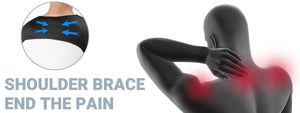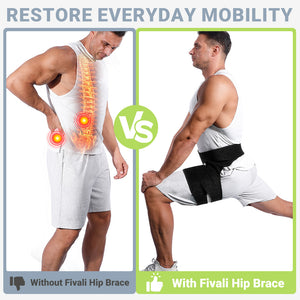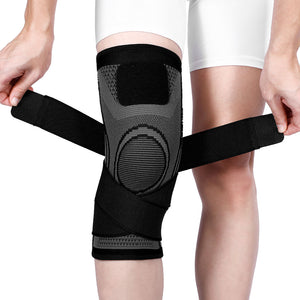5 Types of Posture: How to Improve Posture and Prevent Chronic Injuries

You know that feeling when your body's alignment is on point—spine straight, shoulders back, and hips in line? I bet you feel great by then. But what about those days when your posture is more slump than superstar? We've all been there.
If you are trying to understand types of posture and learning ways to enhance yours, you have come to the right place! In this article, we uncover five types of posture and dishing out some game-changing tips to help you stand tall and feel fantastic. So, are you ready to transform your posture and wave goodbye to those pesky aches and pains? Let's get started!
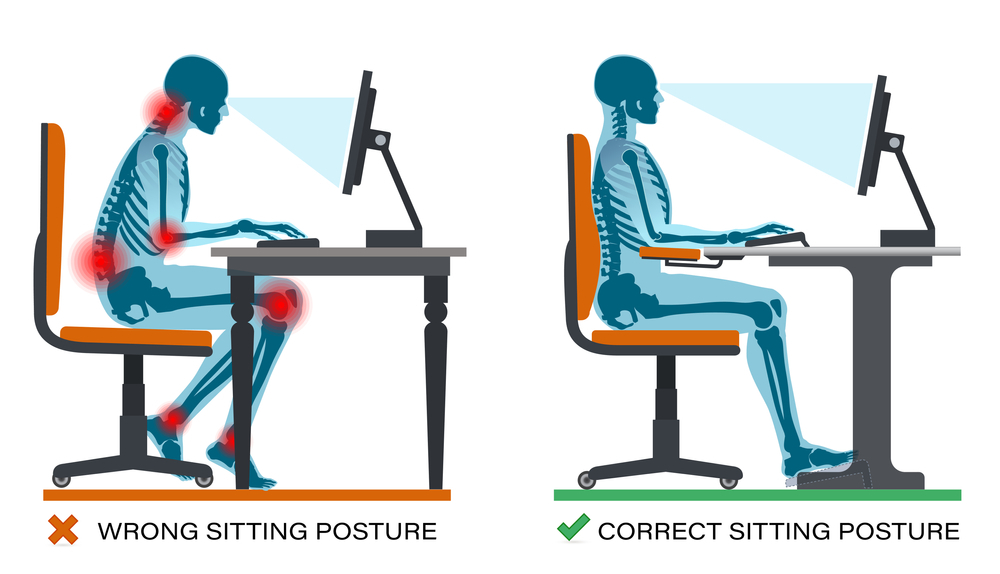
Concept of Body Posture and Its Importance
Body posture is about the alignment and positioning of different body parts during standing, sitting, or moving. Different kinds of postures have various characteristics in their alignment of body parts. Practicing good posture involves teaching the body to maintain positions that minimize strain on supporting muscles and ligaments. It is vital for many reasons:
- Enhances muscle efficiency: Proper posture allows muscle groups to paint extra correctly, assisting in lessening put on and tear on joint surfaces.
- Helps save muscle fatigue: Good posture ensures minimal muscle attempt, decreasing fatigue.
- Reduces the risk of harm: Balanced posture prevents muscle strain, overuse disorders, and even returned and muscular pain.
On the other hand, bad types of posture can lead to many problems, including:
- Back and neck pain: Slouching can cause backaches and neck pain·
- Joint degeneration: Uneven posture can increase the degeneration of joint surfaces, leading to arthritis·
- Decreased flexibility: Poor posture can limit the range of motion and affect flexibility·
There are numerous types of postures that you could expect, and they're frequently categorized as either 'dynamic' or 'static.' Dynamic posture is how the body is held far in motion, while static posture refers to how a person stands or sits while still.
Improving one’s posture entails consciousness, physical games to reinforce middle muscle tissue, and adopting healthful habits, along with:
- Sitting with proper back support
- Standing with weight evenly distributed
- Carrying objects close to the body
Recognizing poor posture and information its effect can result in proactive efforts to correct and improve body alignment, fostering higher health and stopping chronic injuries.
5 Common Types of Posture
Identifying and understanding common body postures is crucial in taking steps toward better physical health. Here, five prevalent types of postures are examined, focusing on their characteristics and the importance of maintaining a healthy alignment.
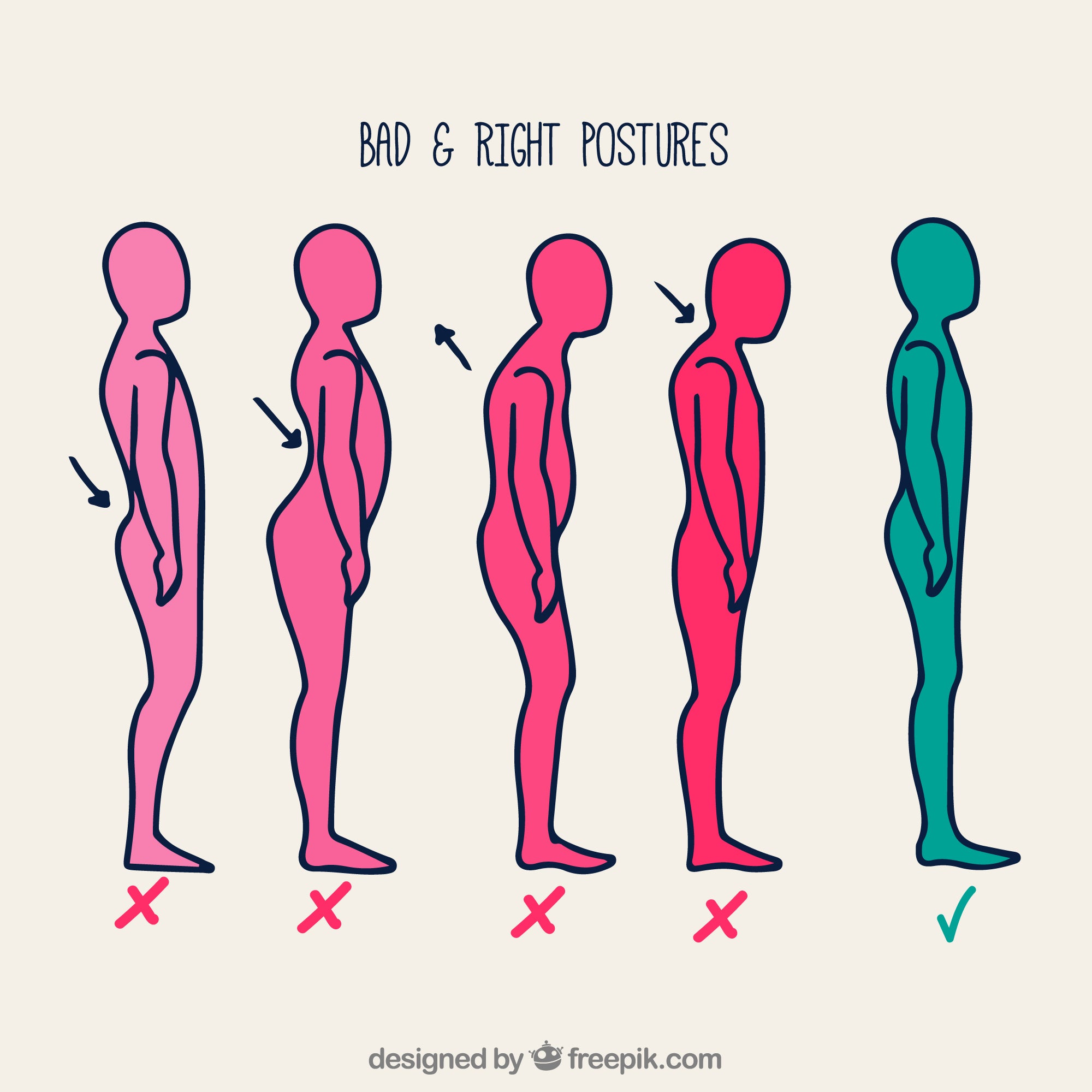
1) Healthy Posture
Healthy posture is all about keeping things in line – imagine a straight spine, shoulders in sync, and your weight evenly spread out. This type of posture lets your muscles and joints work their best, lowering the chances of any strains or injuries popping up. It's all about finding that sweet spot for your body to thrive! This posture allows for optimal joint and muscle functions, reducing the risk of strain or injury.
2) Hunched Posture
Hunched or swayback posture happens when your shoulders round forward, your head sticks out, and your upper back curves. It's like your body's trying to fold in on itself! This posture puts way too much stress on your neck, shoulders, and upper back muscles, which can cause problems like muscle imbalances and long-lasting pain.
3) Flat Back Posture
Flat Back posture is when your pelvis tilts backward, leaving your lower back as flat as a pancake instead of its usual curve. Seniors may have it due to muscle weakness and spinal changes. But younger folks aren't off the hook either! Too much sitting and slouching are sending more and more to this club, causing many to have neck pain and headaches.
4) Leaning Back Posture
Leaning posture again is characterized by an excessive arch in the lower back, additionally called hyperlordosis. This posture puts a ton of strain on your lower back muscles, setting the stage for serious discomfort and even upping your chances of dealing with a pesky disc herniation.
5) Forward Head Posture
Out of the four bad types of postures, the forward head posture typically has the worst effects. Forward head posture is characterized by the protrusion of the pinnacle forward on the subject of the shoulders. It often accompanies rounded shoulders and a hunched higher again. This posture can cause neck pain, headaches, and muscle imbalances.
Chronic Diseases Caused by Bad Types of Posture
Some of the most common areas of poor posture pain include head, neck, and upper back pain, which can seriously impact your daily life and work. You might also wonder if bad posture can cause chest tightness as if there is a slight symptom. Well, the answer is yes. Prolonged periods of incorrect posture can lead to muscle tension, affecting the muscles in the chest and breathing. That’s why you feel tightness or discomfort in the chest.
Even worse, poor posture over time can result in various persistent illnesses by setting undue stress on certain body parts. These maladaptations can bring about pain, reduced mobility, and musculoskeletal issues.
1) Shoulder Impingement
- What it is: Compression between the bones within the shoulder area.
- Caused by: Slouching and rounded shoulders can cause the rotator cuff tendons to be pinched·
- What it is: Bulging or rupture of the discs in the lower spine·
- Caused by: Sitting for long intervals, specifically with a curved lower back, increases the threat.
- What it is: Irritation of the sciatic nerve inflicting pain radiates from the decrease into reverse the legs.
- Caused by: Prolonged sitting with poor posture can compress the nerve.
- What it is: Wrist nerve compression resulting in numbness and tingling in the hand.
- Caused by: Repetitive hand motions or wrist positioning from poor ergonomic practices.
- What it is: Tension and discomfort in the neck muscular tissues.
- Caused by: Forward head posture and looking down at screens can strain the neck·
- Additional Note: Chest tightness can also result from poor posture due to the close relationship between posture and respiratory function.

Methods to Correct Different Types of Postures
Before going into the correction details, how do you know if you have bad posture? Look out for the following signs in the mirror:
- Slouching or rounded shoulders
- Head tilting forward or backward excessively
- Arching of the lower back too much or too little
- Uneven shoulders or hips
Once you understand your posture problems, let’s learn how to correct them. Achieving proper posture goes beyond standing up straight; it's about conditioning the body to maintain alignment effortlessly. The methods detailed below adhere to a structured approach, focusing on awareness, practice, and environment adaptations.
1) Cultivating Posture Awareness
The first step in enhancing posture is becoming aware of how one sits, stands, and moves for the day. Here's the way to convey that consciousness into focus:
- Check-ins: Periodically evaluate posture, especially when sitting for long periods.
- Mirrors: Use reflections to self-assess alignment from the side and front views.
2) Deliberate Practice
Repetition leads to habituation. By incorporating specific exercises into daily routines, one can begin to enact lasting change:
- Chin Tucks: Strengthen neck muscle mass by drawing the chin instantly again, creating a 'double chin.'
- Shoulder Blade Squeezes: Improve higher again alignment with the aid of squeezing shoulder blades collectively, holding, and then freeing.
- Chest Openers: Alleviate chest tightness by keeping status or sitting upright, extending palms behind your lower back, interlocking arms, and gently lifting hands to open the chest.
- Neck Stretches: Reduce neck anxiety by tilting your head closer to every shoulder, aiming to carry the ear close, and holding the placement to stretch the alternative neck side.
- Spinal Stretches: Enhance spinal flexibility with seated twists—sitting on the floor, crossing one foot over the alternative thigh, and twisting the torso towards the bent knee; and Cat-Cow stretches—alternating between arching and rounding the spine on arms and knees.

3) Muscle Strengthening
A crucial aspect of good posture is muscular support. Strengthening exercises create a robust musculoskeletal foundation:
- Rowing Exercises: Emphasize the middle trapezius muscles, which are essential for proper shoulder alignment.
- Planks: Target the core and lower back muscles, supporting a neutral spine position.
- Bridge Exercises: Strengthen glutes and lower back muscles, crucial for spine support and alleviating lower back pain.
- Wall Angels: Improve shoulder mobility and upper back strength by sliding arms against a wall, which is beneficial for maintaining an upright posture.
4) Adjusting Work Environment
Surroundings play a huge role in maintaining healthy posture; ergonomics can make or break one's postural habits:
- Chair and Desk: Choose a chair with lumbar support and position monitors at eye level to minimize leaning or straining.
- Breaks: Allocate short breaks to stretch and correct posture throughout the workday.
- Braces: Wear a back brace for posture. It provides support and alignment for the spine and shoulders, encouraging proper positioning and reducing strain on muscles.

FIVALI Back Brace for Posture Correction
The FIVALI Back Brace provides a solution for higher posture and relief from back discomfort. Its ergonomic layout offers comfort and stability, with adjustable straps catering to various types of postures. Visit FIVALI to learn more about the FIVALI extensive back brace for pain lines and how it can assist you in achieving better posture.
-
Posted in
Healthy Lifestyle, Joint, Pain, Recovery











